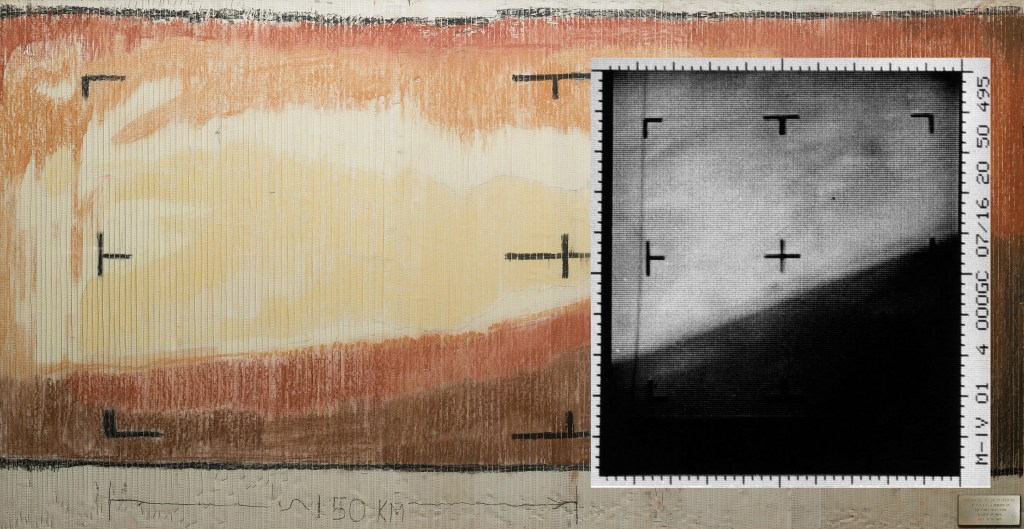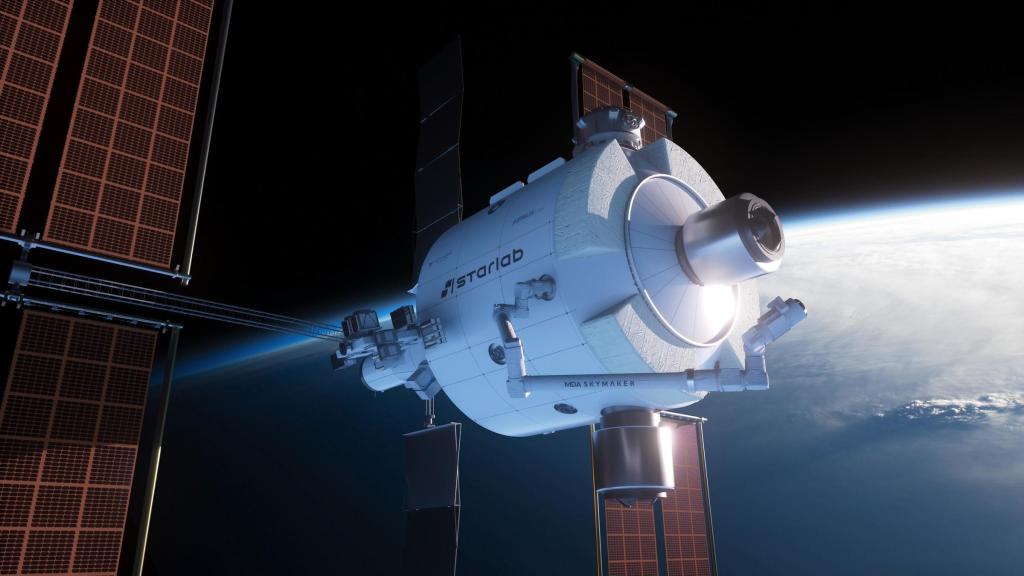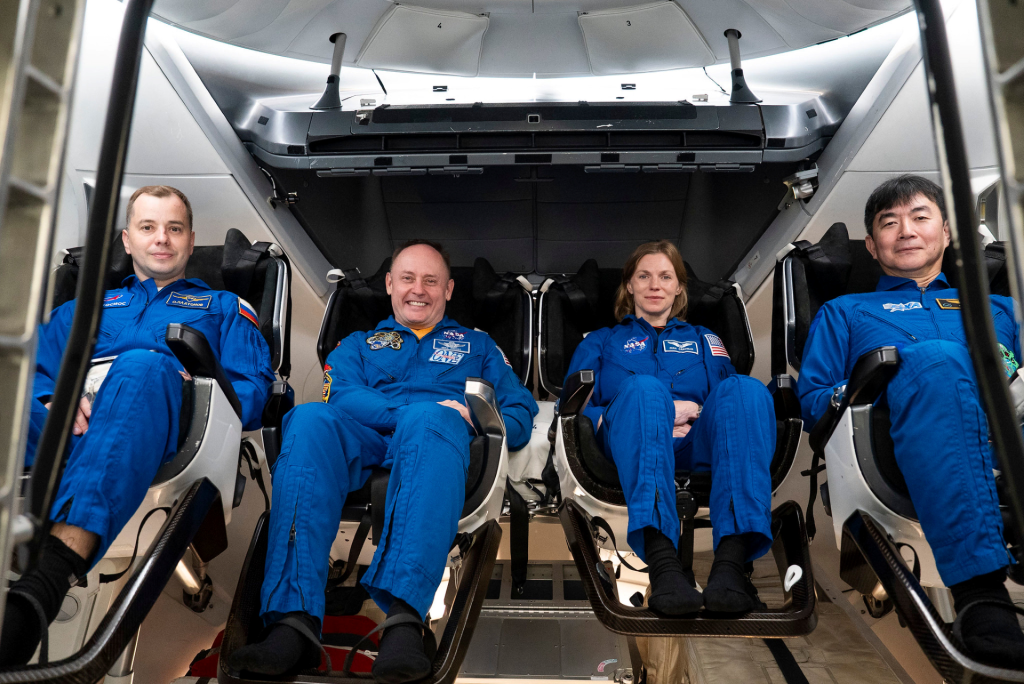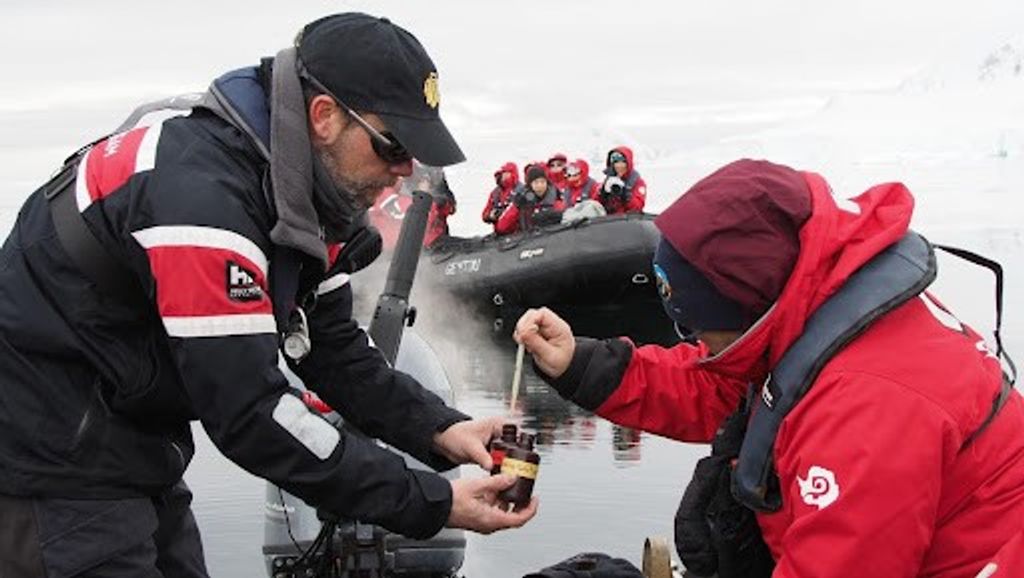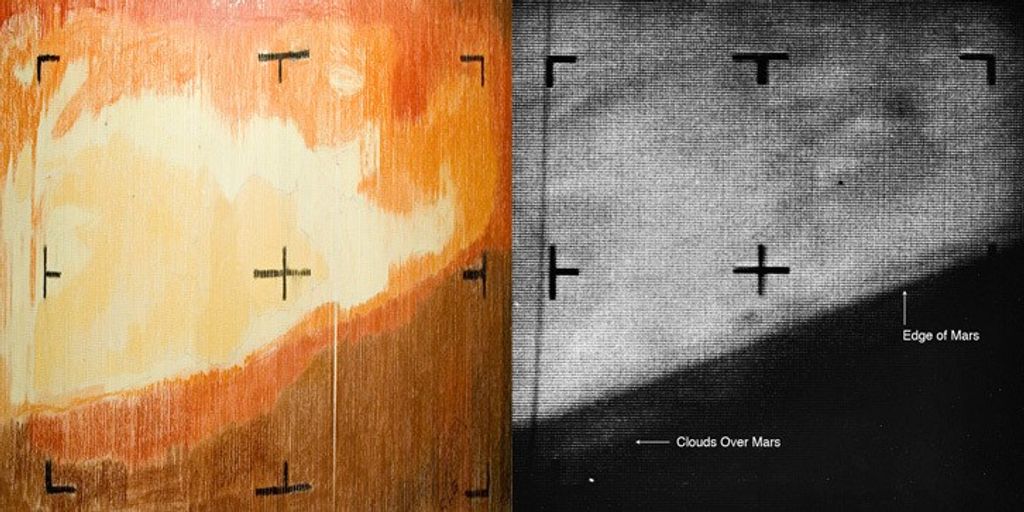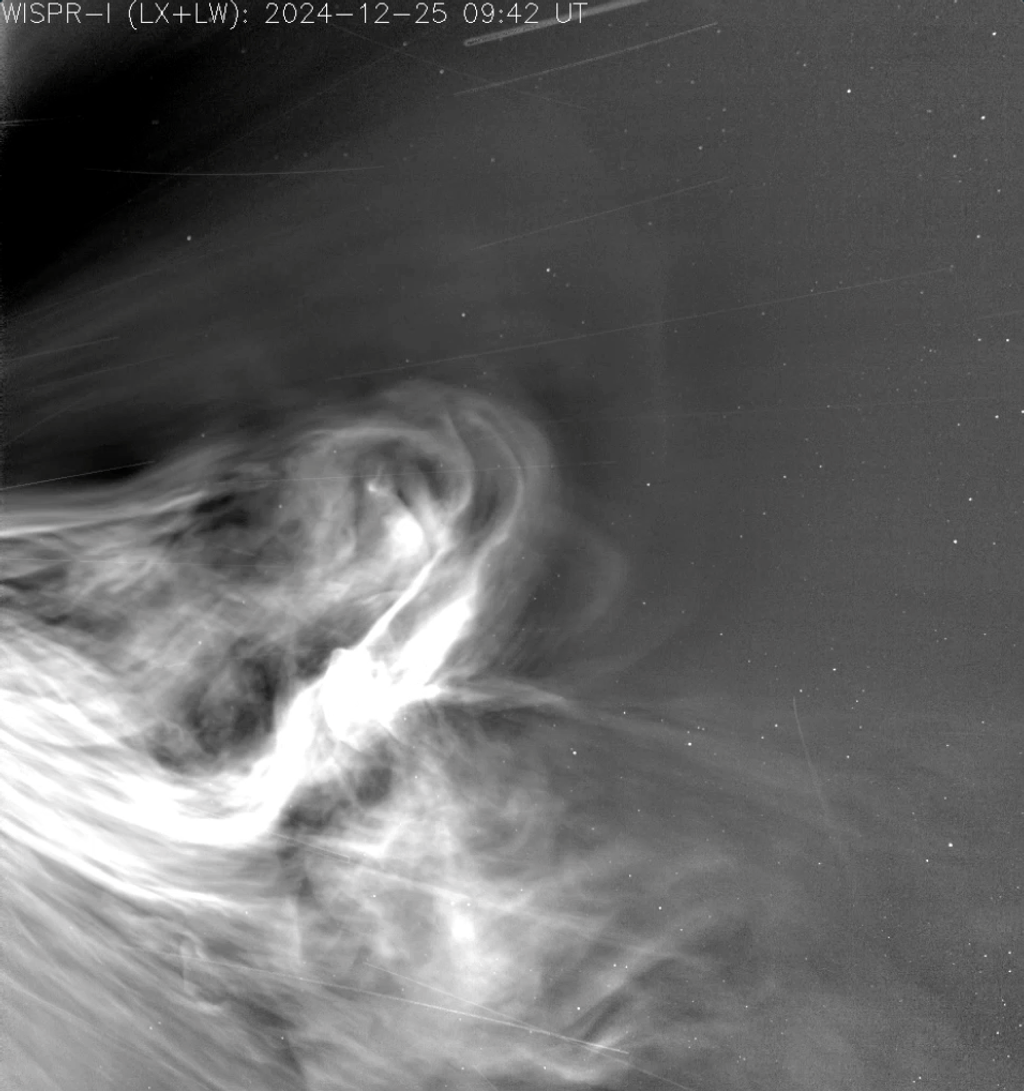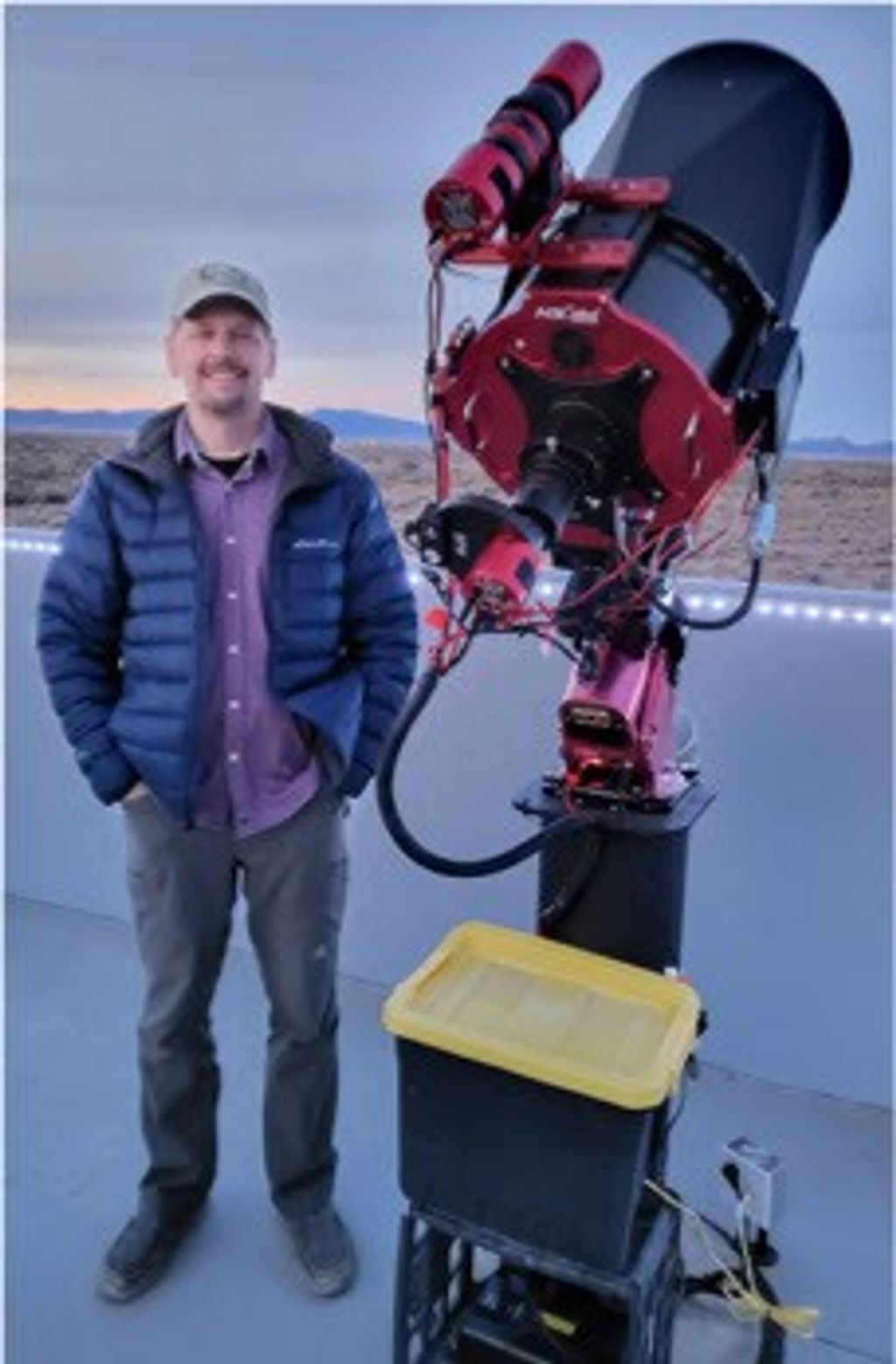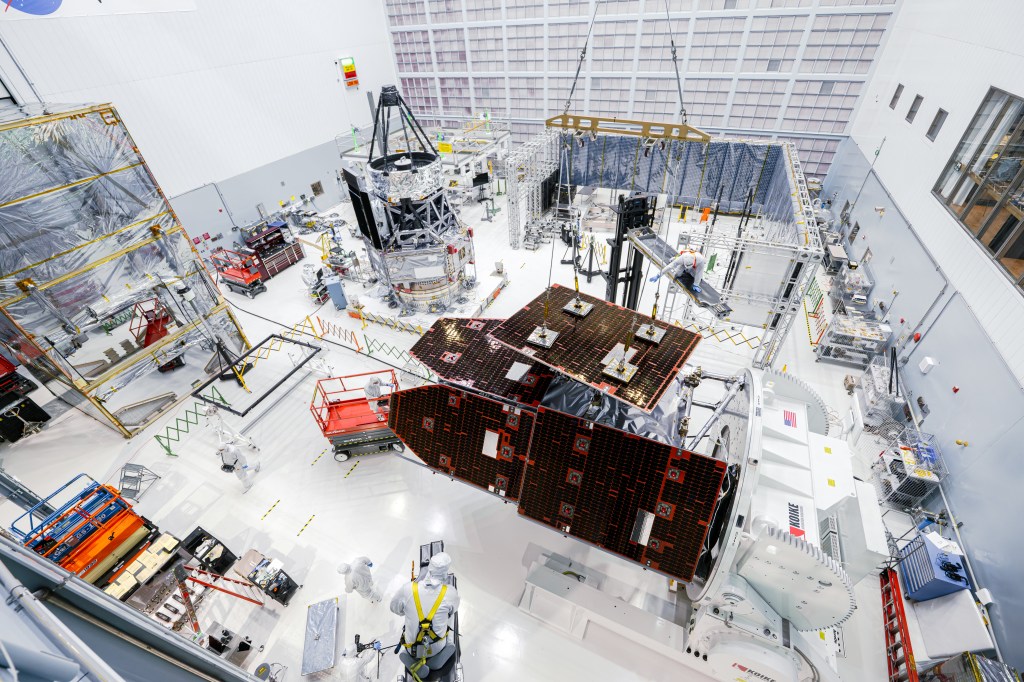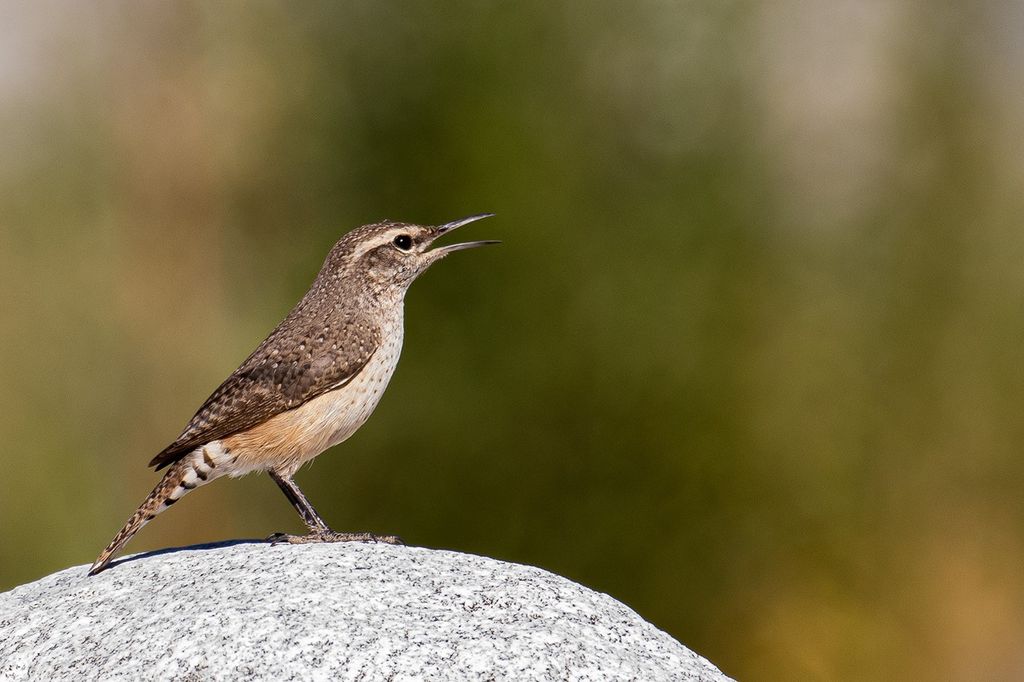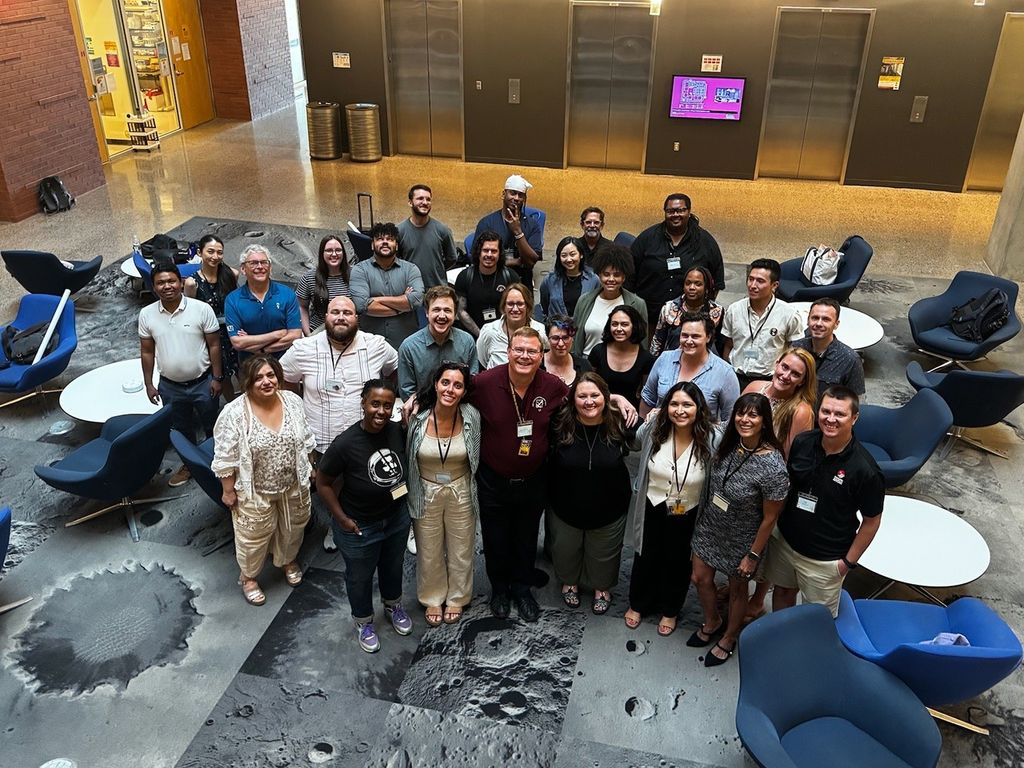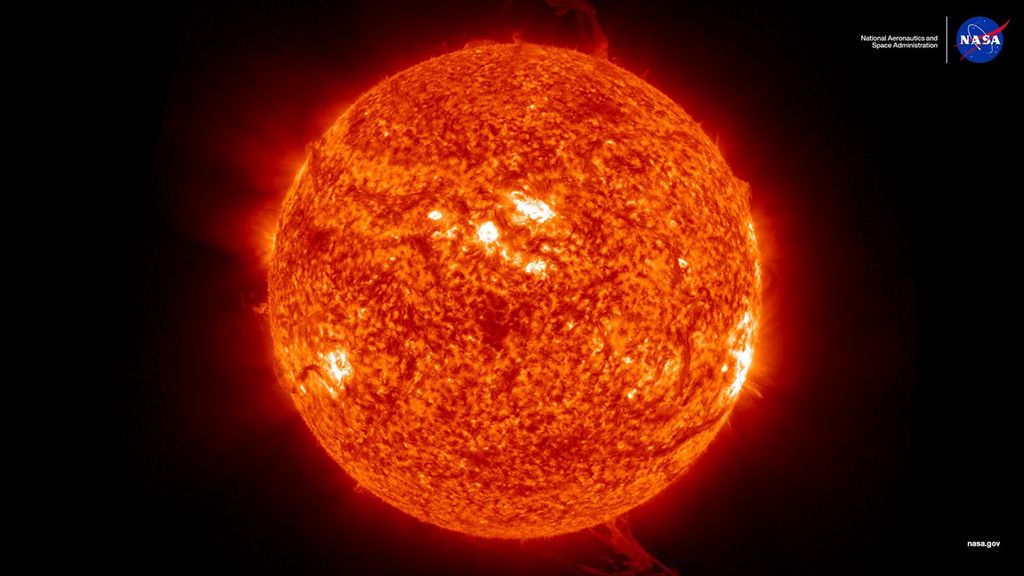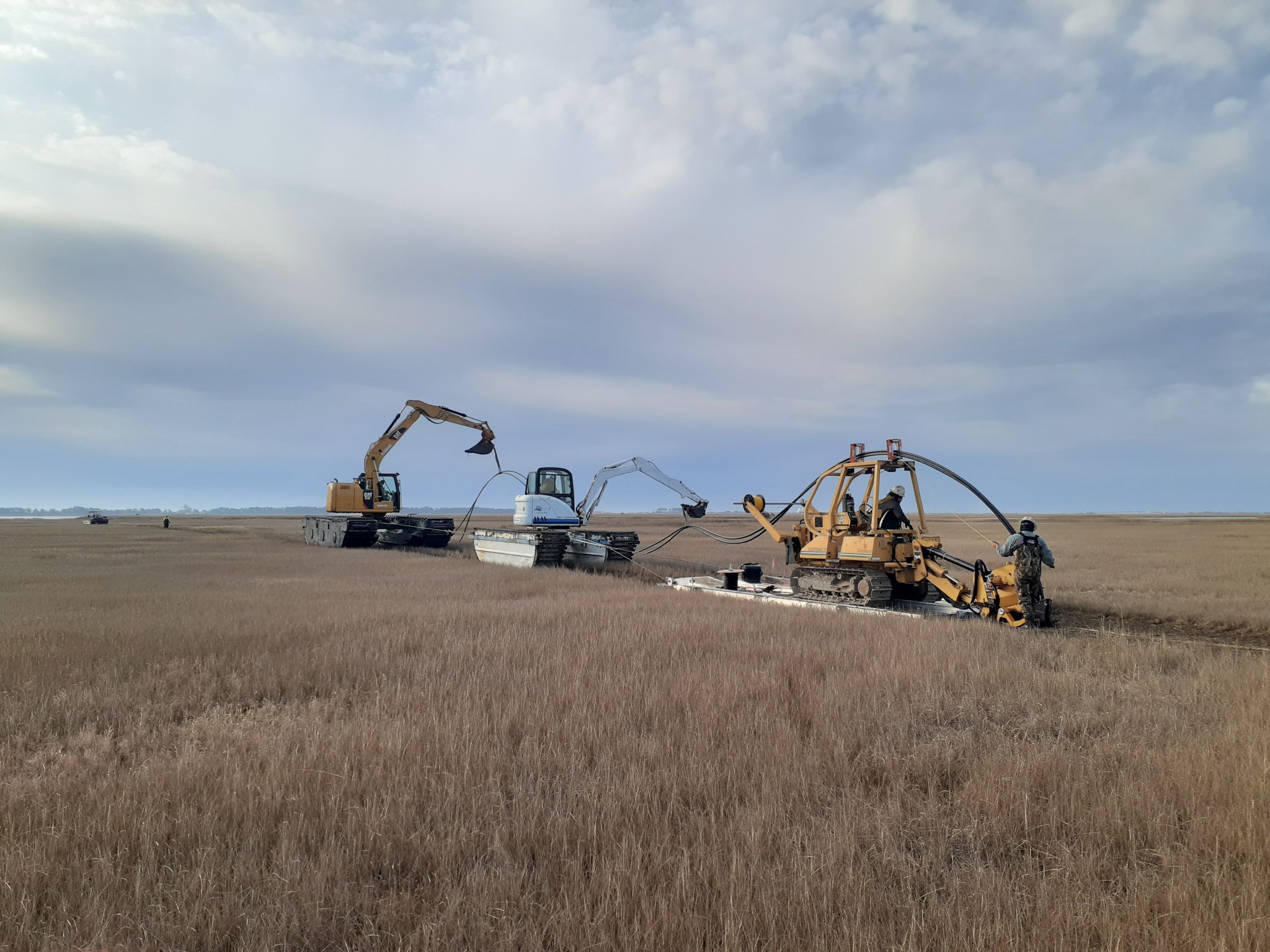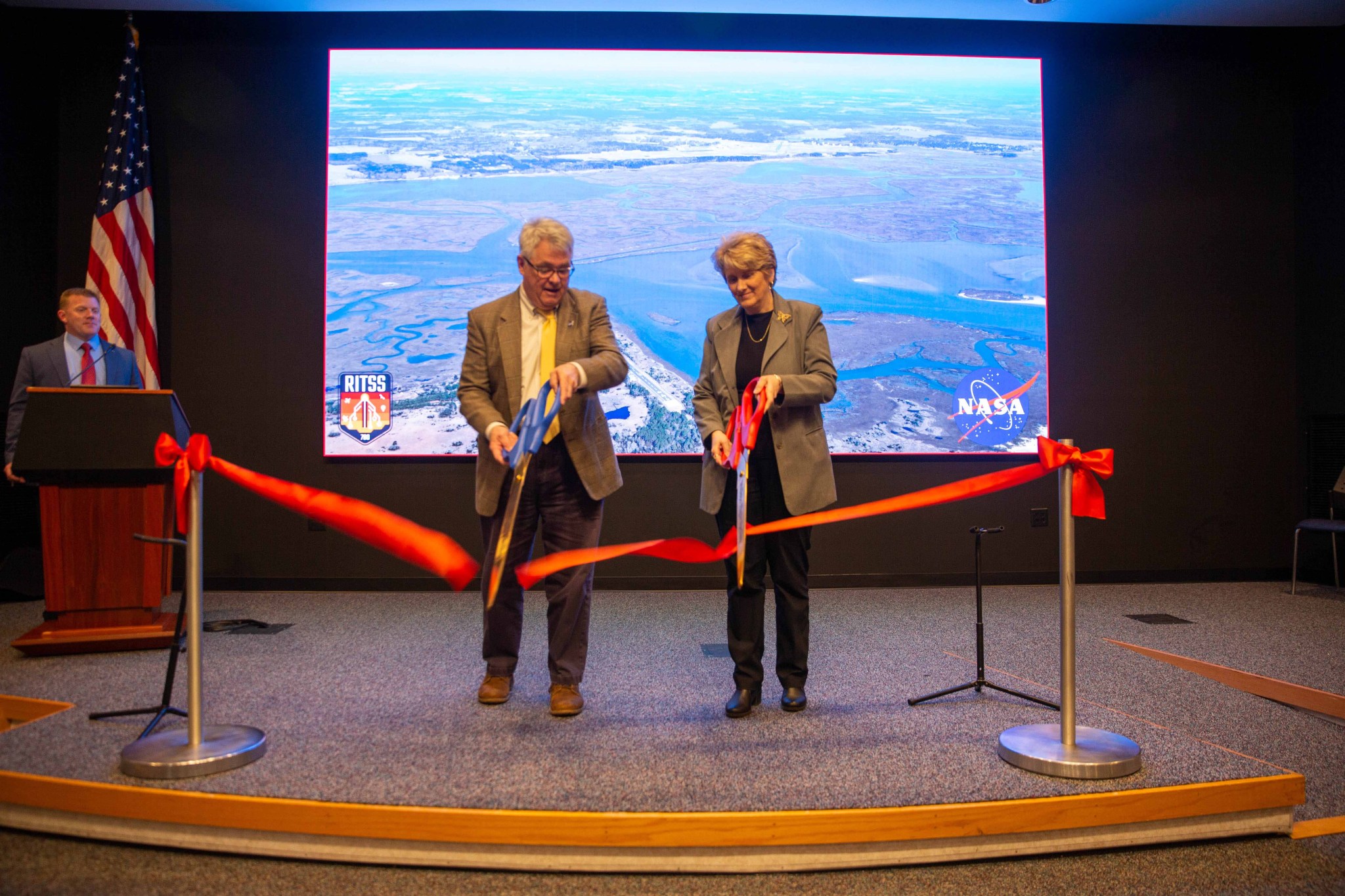NASA’s Wallops Flight Facility celebrated the completion of a mission-critical, $11.2 million fiber optic cable project key to enabling the Wallops launch range of the future during a ribbon-cutting ceremony Wednesday, April 20.
Technicians installed some 13 miles of fiber optic cable across marshland and uplands completing a communications ring that now spans a total of 23 miles ensuring reliable, redundant communications between main base operations centers and the island launch assets.
“Along with being critical to our operations, the marsh fiber project is a vital component to meeting the needs of our nation’s launch range of the future program,” said David L. Pierce, Wallops Flight Facility director. “Having the critical infrastructure in place and ready to support future demand for assured access to and from space is a huge undertaking, and I want to congratulate our information technology team for identifying the need early-on and successfully bringing this project to completion.”
The marsh fiber project completes a communications ring that runs from the Wallops main base, down Atlantic Road to Wallops Island, and then across the marsh back from north Wallops Island to main base. The ring provides redundant communications, important for mission assurance, along with ensuring launch system monitoring, sending commands to launch assets and receiving mission data during launch operations.
Some notable statistics from the project include:
- Installation of a single, nearly four mile long fiber optic cable segment with no splices
- A 6,100-foot, 8-inch bore from the mainland to the west edge of Walker Island in the marsh that is among the world’s longest, single-bore solutions in marshland conditions
- $11.2 million project
- 13 miles of fiber optic cable installed including a four mile portion under the marsh
The project, six-and-a-half years from conception to completion, was not without challenges. Technicians conducted horizontal directional drilling to install the fiber pathway through the marsh, drilling some 100-feet beneath the marsh to reach stable soil. Specialized barges were required to complete the work, which occurred under changing tide conditions, storms, and average temperatures falling between 20° and 30° Fahrenheit. Over the entire project, a government shutdown, the COVID pandemic, managing endangered species, budget uncertainty and working around mission operations were further challenges to overcome.
“I am so proud of the Marsh Fiber team and all that they have accomplished among the challenges that came up during the project,” said Debbie Watson, Wallops IT services division chief. “We knew that challenges would arise, and the measure of a team is how they respond to those challenges – in a word, this team responded brilliantly.”
During the ceremony, officials recognized the contributions of Wallops’ J. Scott Webb in identifying the need and spearheading the marsh fiber project. Unfortunately, Webb passed away before the project was completed. “Scott’s foresight in identifying the need to complete the communications ring and then working the project details and requirements have ensured we’re in a good position moving forward,” said Pierce. “Sadly, we lost Scott way too soon; however, his legacy lives on in this project. Scott will long be remembered as among the Wallops pioneers who put their heart and soul into embracing the dreams and opportunities we have here at Wallops and turning them into reality.”
Members of the Webb family attended the ceremony and were recognized during the event.
The Wallops Range, NASA’s only owned- and operated-launch range, is one of just four major launch ranges in the United States. The range mission is to provide safe, assured access to space; having reliable, redundant communications between the island assets and the control centers on main base is vital to providing this service.
Jeremy Eggers
NASA’s Wallops Flight Facility, Virginia



